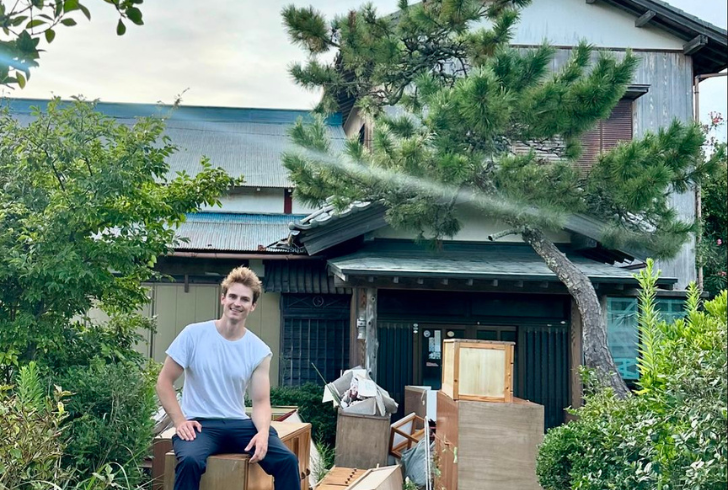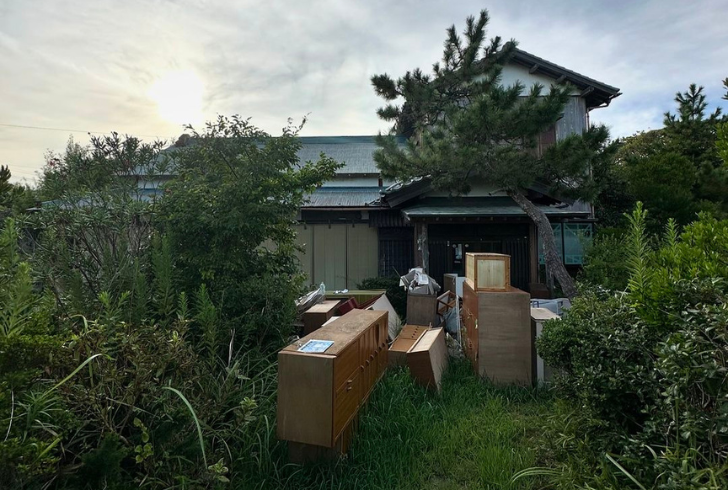In Japan, millions of houses sit empty. Known as "akiyas," these abandoned homes are a product of the country’s shrinking population and aging society. For some, these neglected buildings are full of potential. They offer a chance to restore beauty and history. One example is Anton Wormann, who took an old, abandoned house and turned it into a luxury Airbnb.
Japan’s Growing Problem with Empty Houses
As of 2023, Japan has around 9 million abandoned houses. Unlike many countries with housing shortages, Japan faces an oversupply. Birth rates are at an all-time low, and the population continues to age. In fact, people over 65 now make up over 30% of the population.
Because of these demographic changes, many houses are left empty. The homes are often still filled with the belongings of previous owners. Surprisingly, these properties are selling at very low prices. Some are even available for around $10,000. For buyers, these akiyas can be a unique opportunity to preserve traditional Japanese architecture.
Wormann’s Discovery of an Abandoned Japanese House

Instagram | antonwormann | An old house can be transformed beautifully.
Originally from Sweden, Anton Wormann moved to Japan in 2018. After living in cities like Paris and New York, he felt a strong connection to Japan’s culture and design. When he learned about Japan’s many abandoned homes, he saw a chance to use his design skills and bring new life to a forgotten space.
In 2019, Wormann discovered an abandoned house right next to his own home. The property had been vacant for nearly ten years. Despite its age, Wormann saw potential. The natural light, location, and layout inspired him to take on the project.
1. Long Vacancies: Many akiyas have been empty for years. They often contain belongings from past residents.
2. Affordable Prices: Due to Japan’s population issues, these houses are selling for very low prices, attracting buyers interested in renovation.
The Process of Restoring the House
Wormann decided to buy the abandoned Japanese house and connected with the owner’s family through a neighbor. For about 8 million yen (around $54,000), he purchased the 86-year-old property. The house was in poor shape. It needed structural repairs, termite treatment, and a full cleanup of belongings left behind.
The renovation took about 1,500 hours over 15 months. Because of limited space, Wormann had to work in stages. Each day, he demolished part of the house, removed debris, and hauled it to a disposal site.
1. Step-by-Step Work: Limited space forced Wormann to remove debris piece by piece. This made the project time-consuming.
2. Structural Upgrades: The house needed major repairs to address termite damage and other issues.
Blending Traditional and Modern Design
Wormann wanted the design to respect the original Japanese style while adding modern comforts. He spent hours in the house, observing how light moved through each room. Over time, he allowed the space to guide his choices. His goal was to blend tradition with modern touches, creating a warm and inviting space.
1. Preserving Tradition: Wormann kept many original details, adding modern elements that suited the home’s style.
2. Thoughtful Choices: His design evolved as he spent time in the space, allowing each area to feel balanced and natural.
“Creating something beautiful takes time,” Wormann shared. “Every choice came from how the house felt, from the way sunlight entered to the textures of the original materials.”
Completing the Project
Wormann invested another 8 million yen (around $54,000) into the renovation. The project became his main focus for a year. Each decision was made to enhance the charm of the property. Now, the once-abandoned house stands as a luxury Airbnb. It offers guests a unique experience of Japanese architecture and design.
This transformed property now invites visitors to enjoy Japan’s cultural beauty. What was once neglected has become a stunning retreat.
Why Abandoned Japanese Houses Offer Unique Potential

Instagram | antonwormann | Restoring old homes can preserve Japanese history.
Wormann’s project is part of a larger trend in Japan. As people learn about these abandoned homes, many are inspired to take on similar projects. These houses often sit in scenic locations and offer a rare opportunity to own a piece of history at an affordable price. For those interested in preserving Japanese culture, akiyas provide the chance to create something new from something old.
With Japan’s housing market full of vacant homes, abandoned houses offer unique value. They allow people to bring life and beauty back to historic properties, blending tradition with modern style.

